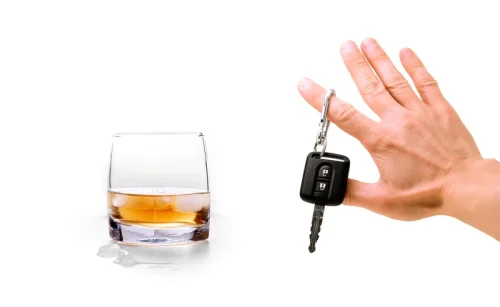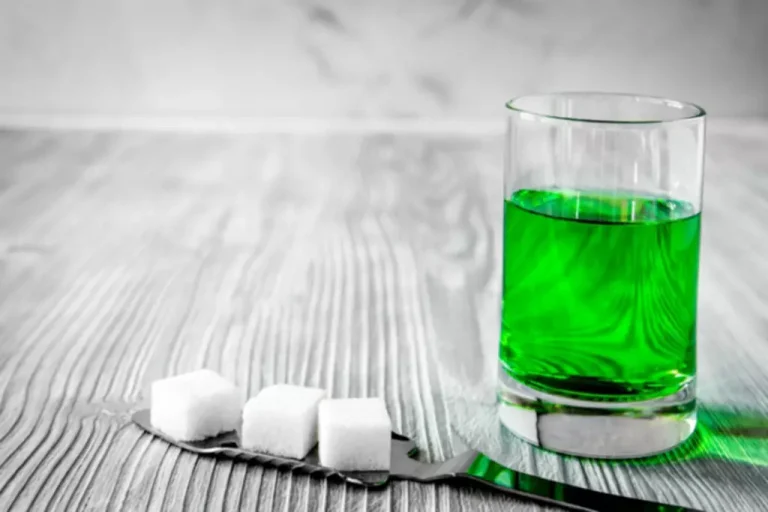
While they may not express it, teens do value bonds with the adults in their lives. Nurturing that connection with them includes being involved in their lives and having open, honest communication. The American Academy of Pediatrics (AAP) recommends that teens be screened at each annual medical exam appointment with questionnaires that ask them about substance use and their knowledge of the risks. Injecting drugs with shared needles increases the risk of contracting HIV, hepatitis B, and hepatitis C. Withdrawal symptoms from cocaine include restlessness, paranoia, and irritability. Using cocaine can lead to heart attacks, lung problems, strokes, seizures, and coma.

Morphine Risks, Effects, and Addiction Treatment
Still, there is much need for stringent policy and program guidelines to curb this societal menace. Cannabis use is common among first-episode psychosis patients (Katz et al., 2016; Abdel-Baki et al., 2017), and cannabis use has been hypothesized to be a causal factor in these disorders (Toftdahl et al., 2016). More recent data appears to confirm this positive association between adolescent cannabis use and schizophrenia spectrum disorders (Arseneault et al., 2002; Jones et al., 2018), particularly in that cannabis both hastens the onset and amplifies the severity of schizophrenia (Shahzade et al., 2018). However, Hanna et al. (2016) reported better cognitive function in adolescent cannabis users with schizophrenia/schizoaffective disorders, suggesting a potential protective role of cannabis in psychosis-related cognitive dysfunction. Structural MRI studies are not consistent with a neuroprotective effect and have suggested that processes underlying gray matter and cortical maturation may mediate the association between adolescent cannabis use and risk for schizophrenia. Among adolescents aged 10–21, those with CUD and early-onset schizophrenia exhibited decreased GMV in the left superior parietal cortex compared to controls (Kumra et al., 2012).
Big Drop in U.S. Kids, Teens Misusing Prescription Meds
- Substance use among teenagers has become a major social issue in recent years, and we must understand more about how drug abuse affects academic performance.
- Teens may be more likely to try substances for the first time when hanging out in a social setting.
- Recent studies show teens experiencing suicidal thoughts, psychiatric illness symptoms like anxiety, mood, and conduct disorders, and various types of child maltreatment like sexual abuse, corporal punishment, and emotional neglect that further leads to children inclining toward intoxicants [8].
- Parents’ attitudes toward drugs, alcohol, academic and peer pressure, stress, and physical outlook are key determinants.
- All participating students took the survey via the web — either on tablets or on a computer – with 98% of respondents taking the survey in-person in school in 2023.
- All categories represent self-reported substance use in the past 30 days except for heavy alcohol use (five or more drinks in a row) in the past two weeks.
The development of different brain regions follows different time-varying trajectories. Alcohol exposure has adversely affected various emotional, mental, and social functions in the frontal areas linked to higher-order cognitive functioning that emerge later in adolescence and young adulthood [21]. A cross-sectional study looking at combined substance use and psychiatric morbidity in adolescents aged 13–15 found that regular cannabis and nicotine use had an additive https://ecosoberhouse.com/ risk for psychiatric disorders (Boys et al., 2003). This risk was especially high for the development of depressive disorders and was increased further with the addition of regular alcohol consumption. Longitudinal studies on the effects of combined substance use on psychiatric morbidity are warranted to understand the directionality of this relationship. Very little clinical work has been conducted on the long-term effects of opioids on memory and cognition.

Ten facts about teen alcohol and drug abuse
- This article reviews statistics, risk factors, health effects, signs, and treatment for teenage drug addiction.
- This review will outline the cognitive, psychopathological, and future drug use related associations with adolescent substance use, especially related to the emerging trends in this use that have not been addressed in previous reviews.
- Teens may not seek drugs out but are instead introduced to substances by someone they know, such as a friend, teammate, or even a family member.
- Similarly, Squeglia et al. (2014) have reported a bidirectional relationship with smaller cingulate and rostral ACC volumes at baseline predicting later transition to heavy drinking, and heavy drinking, in turn, predicting greater volume reductions in the left inferior/middle temporal gyrus and left caudate.
- These estimates, along with results from the US National Survey on Drug Use and Health, indicate that the prevalence of tobacco use is at its lowest levels since 1991 (Substance Abuse and Mental Health Services Administration, 2019; Johnston et al., 2020).
Nearly all research on adolescent substance use (as well as most reviews on the topic) has focused on individual use, but using multiple substances is more common than individual use. This underscores the need for teen drug abuse research into the combined effects of substances on adolescent neurodevelopment. Furthermore, the neural correlates of co-use are especially understudied, highlighting the need for future research in this area.
- That is up from 12.8% the year before, though the agency said that the increase was not statistically significant.
- Among adolescents, the biggest increase from 2022 was in the number getting medication for mental health treatment.
- The findings have been organized into categories to cover essential aspects like epidemiology, neurobiology, prevention, and treatment.
- When you suddenly stop using a substance, you may experience withdrawal symptoms.
High-Risk Substance Use Among Youth

- For the purpose of HIV, STDs, and unintended pregnancy, high-risk drug use is defined as any use by adolescents of drugs with a high risk of adverse outcomes, such as injury, criminal justice involvement, school dropout, and loss of life.
- School-based substance abuse prevention is a recent innovation utilized to execute changes, including social resistance skills training, normative education, and competence enhancement skills training.
- SAMHSA officials said they saw the increase as a positive development, citing efforts to normalize and destigmatize seeking out mental health treatment.
- Δ9-tetrahydrocannabinol, the primary psychoactive ingredient of cannabis, acts primarily as a partial agonist at the cannabinoid type 1 receptor.
- There is also evidence that the simultaneous use of alcohol and cannabis together have greater effects on risk for future substance use-related problems than concurrent use (Brière et al., 2011).
